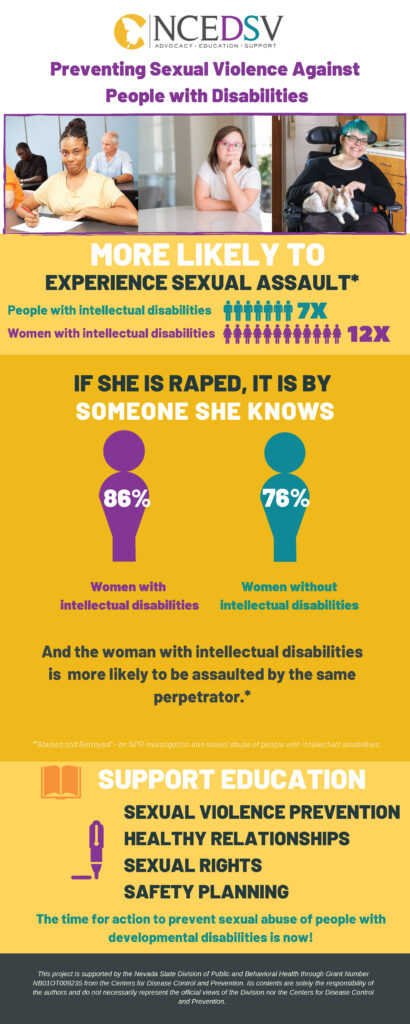
The exploitation of young people by adults is a deeply disturbing issue that demands our attention and action. This harmful behavior, often driven by power imbalances and the desire for personal gain, can have devastating consequences on the lives of vulnerable children and adolescents. Understanding the motivations behind adult exploitation is crucial for developing effective prevention strategies and protecting youth from harm.
This article will delve into the complex world of adult exploitation, exploring the various factors that contribute to this behavior. We will examine the motivations behind sexual abuse, financial exploitation, and forced labor, highlighting the power dynamics at play and the vulnerabilities exploited by perpetrators. Furthermore, we will discuss practical prevention strategies aimed at safeguarding young people and creating a safer environment for them to thrive.
Adult Exploitation of Youth
Adult exploitation of youth encompasses a wide range of abusive behaviors perpetrated by individuals against minors. These actions are often characterized by manipulation, coercion, and the abuse of power, leaving lasting scars on the victims’ physical, emotional, and psychological well-being. Exploitation can manifest in various forms, including sexual abuse, financial exploitation, forced labor, and online grooming.
The consequences of adult exploitation are profound and far-reaching. Victims may experience trauma, anxiety, depression, substance abuse, and difficulty forming healthy relationships. They may also face social stigma, isolation, and economic hardship. Addressing this issue requires a multi-faceted approach that involves raising awareness, strengthening legal frameworks, providing support services for victims, and holding perpetrators accountable for their actions.
Motivations for Exploitation
Understanding the motivations behind why do adults take advantage of young people is crucial for developing effective prevention strategies. While each case is unique, certain common factors contribute to this harmful behavior:
- Power and Control: Exploiters often seek to exert power and control over vulnerable individuals. They may manipulate their victims through threats, intimidation, or promises of rewards, creating a dynamic where the victim feels powerless to resist.
- Personal Gain: Exploitation is frequently driven by a desire for personal gain, whether financial, sexual, or emotional. Perpetrators may exploit young people for their labor, money, or companionship, prioritizing their own needs over the well-being of the victim.
- Lack of Empathy and Moral Compass: Some individuals lack empathy and remorse for others, viewing them as objects to be used rather than human beings deserving of respect and dignity. This absence of moral conscience can contribute to exploitative behavior.
Power Imbalances and Vulnerability

Power imbalances are a key factor in adult exploitation. Exploiters often target individuals who are perceived as vulnerable or powerless, such as children, adolescents, or those facing social or economic disadvantages.
Factors Contributing to Vulnerability:
- Age: Children and adolescents are particularly vulnerable due to their developmental stage, limited life experience, and dependence on adults for guidance and protection.
- Social Isolation: Individuals who are socially isolated or lack a strong support system may be more susceptible to exploitation as they have fewer resources to rely on for help or protection.
- Economic Hardship: Poverty and financial instability can increase vulnerability, as individuals may be more desperate for opportunities or assistance, making them more likely to accept exploitative offers.
Sexual Abuse and Coercion
Sexual abuse is a particularly heinous form of exploitation that involves the use of power and coercion to force or manipulate a minor into sexual acts. Perpetrators often groom their victims by building trust and relationships before engaging in abusive behavior.
Tactics Used by Perpetrators:
- Grooming: This process involves manipulating and befriending a child to gain their trust and lower their inhibitions, making them more susceptible to sexual advances.
- Coercion and Threats: Perpetrators may use threats of violence, harm to loved ones, or social isolation to force victims into complying with their demands.
- Manipulation and Deception: Exploiters often employ manipulative tactics, such as flattery, gifts, or promises of special treatment, to gain control over the victim.
Financial Exploitation and Forced Labor

Financial exploitation involves using a minor for personal financial gain. This can include forcing them to work without pay, stealing their money, or exploiting their labor for profit.
Forms of Financial Exploitation:
- Forced Labor: Children may be forced to work long hours in dangerous conditions with little or no compensation.
- Child Prostitution: Exploiters may force children into prostitution for financial gain.
- Online Scams: Perpetrators may use online platforms to deceive and manipulate minors into sending money or sharing personal information.
Prevention Strategies
Preventing adult exploitation of youth requires a multi-pronged approach that involves raising awareness, strengthening legal frameworks, providing support services for victims, and holding perpetrators accountable.
Key Prevention Measures:
- Education and Awareness: Educating children, adolescents, and adults about the signs of exploitation, healthy relationships, and how to seek help is crucial.
- Strengthening Legal Frameworks: Laws and policies should be in place to protect vulnerable individuals from exploitation and hold perpetrators accountable for their actions.
- Support Services for Victims: Providing comprehensive support services, including counseling, legal aid, and safe housing, is essential for helping victims recover and rebuild their lives.
- Community Engagement: Fostering a culture of vigilance and reporting within communities can help identify and address potential cases of exploitation.
Conclusion
Adult exploitation of youth is a serious societal problem that demands our collective attention and action. By understanding the motivations behind this harmful behavior, addressing power imbalances, and implementing effective prevention strategies, we can create a safer environment for young people to thrive and reach their full potential. It is our responsibility to protect vulnerable children and adolescents from abuse and exploitation, ensuring they have the opportunity to live healthy, fulfilling lives.
